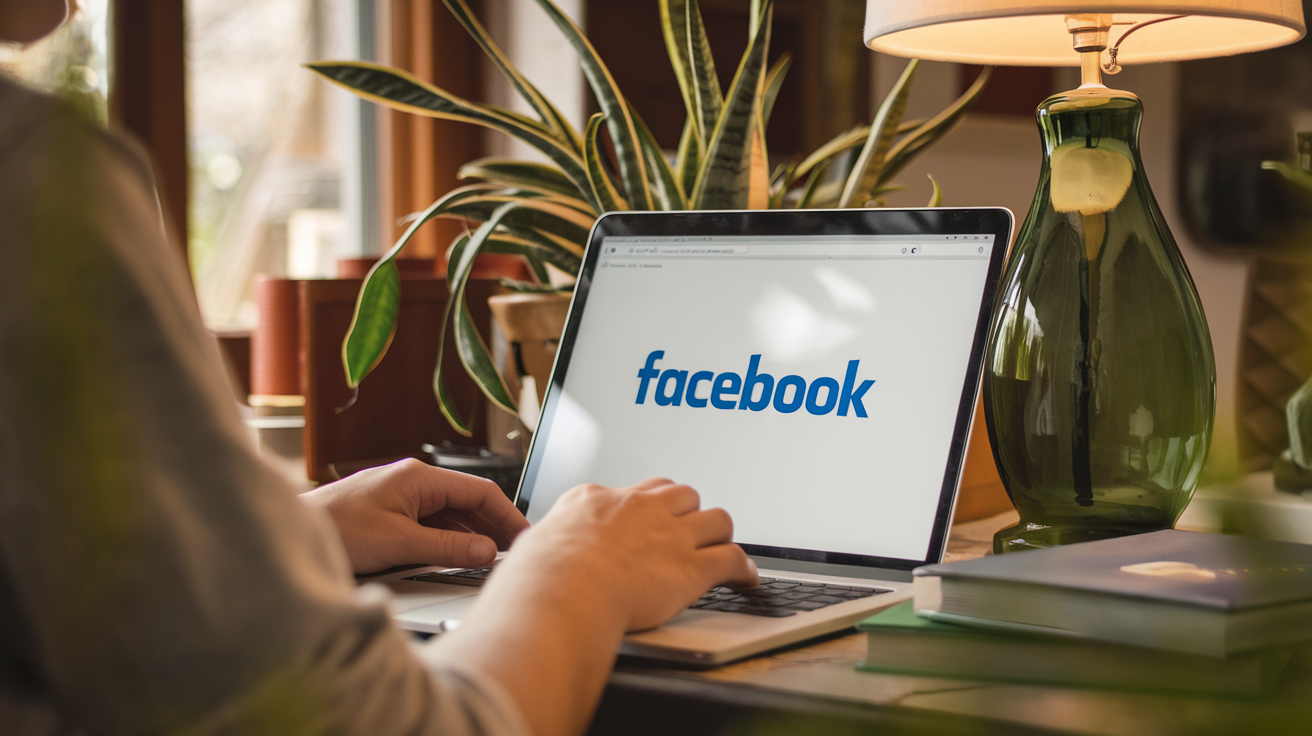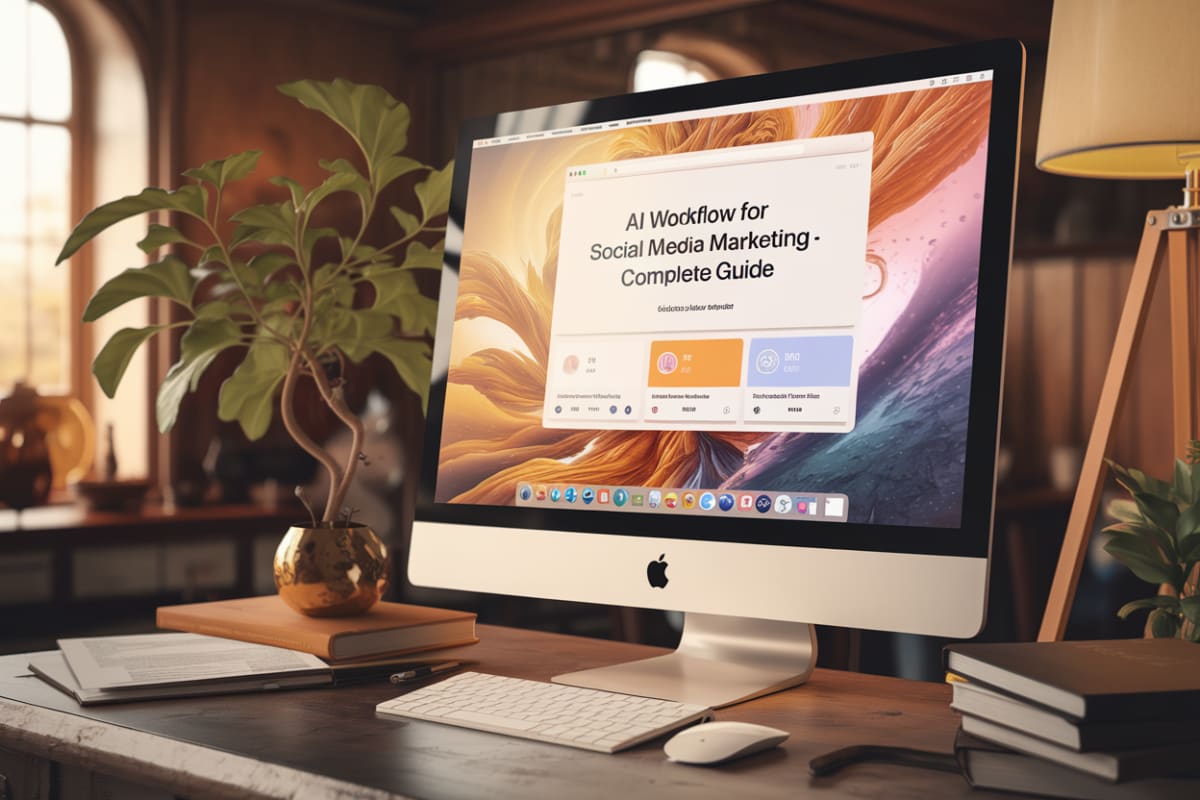Facebook Benchmarks 2025
What are the Facebook benchmarks for 2025?
Investment in AI Infrastructure
Meta, led by CEO Mark Zuckerberg, plans to invest between $60 billion and $65 billion in capital expenditures in 2025, primarily focusing on expanding its artificial intelligence (AI) infrastructure. This includes constructing a large data center with a capacity that could cover significant parts of Manhattan, aimed at supporting AI initiatives. Zuckerberg mentions that by the end of 2025, Meta expects to have more than 1.3 million graphics processing units (GPUs) and 1 gigawatt of compute power operational.
Projected AI Capabilities
Zuckerberg anticipates that the Meta AI digital assistant will become the leading assistant, serving over 1 billion users. Additionally, the company works on the Llama 4 model, expected to be a leading state-of-the-art model in AI for that year.
Workforce Changes and Performance Management
In 2025, Meta plans to lay off about 5% of its global workforce, targeting approximately 3,600 employees deemed low performers. This move forms part of a broader strategy to enhance performance management, ensuring that only the best talent remains as Meta navigates what Zuckerberg describes as an "intense year" focused on innovation in AI and other technologies.
Financial Performance Expectations
While specific benchmarks for Facebook's performance in user engagement or advertising revenue were not explicitly mentioned, the company generated approximately $40.59 billion in revenue in Q3 2024, indicating a 19% increase from the previous year. This financial baseline likely influences expectations for 2025, especially as Meta pivots towards AI-driven services.
Conclusion on Performance Metrics
Overall, while exact user metrics benchmarks remain unspecified, the heavy investment in AI infrastructure, shifts in workforce management, and expectations surrounding Meta's AI capabilities suggest a year of significant transformation aimed at enhancing Meta’s overall service quality and market position.
Source: CNBC, The Guardian, QZ
How do Facebook engagement benchmarks compare to other platforms?
Facebook Engagement Rates
The average engagement rate on Facebook has been reported as low as 0.07% for standard posts. This figure significantly lags behind engagement rates on other platforms, which often exhibit higher user interaction.
Comparative Engagement Rates
- Instagram: Average engagement rate is 0.54%, substantially more than Facebook's.
- TikTok: Holds the highest engagement rate at 4.25%, indicating far more interaction with content on this platform compared to Facebook.
- Twitter: Engagement rate is around 0.05%, showing that while it is lower than Facebook, it remains somewhat competitive in user interaction.
- LinkedIn: Reports an engagement rate of 2%, higher than Facebook but still lower than Instagram and TikTok.
Insights from Specific Studies
According to a report from Social Insider, Facebook's engagement has declined, with the average page engagement noted at 0.07% in 2023. Image posts on Facebook achieved slightly better engagement at 0.12%, while link posts lagged behind at 0.03%. This trend alarms marketers who increasingly seek platforms with higher engagement rates, evidenced by ongoing shifts toward TikTok and Instagram, which cater to a more engaged audience Source: ClearVoice.
In contrast, government-related Facebook posts maintain an engagement average of 3.2%, which is higher than general benchmarks but still trails behind Instagram's 4.2% Source: Hootsuite.
What metrics should businesses track on Facebook in 2025?
Key Metrics for Facebook in 2025
Ad Performance Metrics
In 2025, businesses should prioritize tracking key ad performance metrics to measure the effectiveness of their campaigns on Facebook. Important metrics include:- Click-Through Rate (CTR): Indicates how well your ad captures audience attention. A higher CTR usually means your content resonates well with your target audience.
- Conversion Rate: Measures the percentage of users who take the desired action after clicking on your ad. This metric is crucial for assessing the return on investment (ROI) of advertising efforts.
- Cost Per Click (CPC): Helps businesses understand the cost-effectiveness of their advertising efforts.
- Return on Ad Spend (ROAS): Indicates the revenue generated for every dollar spent on advertising, helping marketers evaluate the financial effectiveness of their campaigns.
Engagement Metrics
Engagement metrics will remain crucial in 2025, especially with the evolving nature of content on Facebook. Businesses should track:- Likes, Shares, and Comments: These basic engagement metrics provide insight into how content is received by the audience.
- Engagement Rate: Combines likes, comments, and shares to give a holistic view of content engagement relative to the number of impressions.
Audience Insights
Understanding the audience is key in 2025. Businesses should track:- Demographic Information: Age, gender, location, and interests of users engaging with content can help tailor future marketing strategies.
- Audience Growth Rate: Shows how fast your audience is increasing, reflecting the effectiveness of your content strategy.
Content Performance Metrics
As content becomes more diverse, measuring its performance will be essential:- Video Views and Watch Time: With the rise of video content, tracking how many users watch your videos and for how long is critical.
- Reach and Impressions: Measure how many users have seen your content and how often it has been displayed.
Social Listening Metrics
Social listening will gain relevance in 2025 as businesses seek to connect more authentically with their audience:- Brand Mentions: Tracking how often your brand is mentioned can help understand public perception.
- Sentiment Analysis: Analyzes the sentiment (positive, negative, neutral) of comments and posts about your brand, providing insight into public opinion.
AI Integration Metrics
With the integration of AI in advertising, businesses should track metrics related to automation and AI tools provided by platforms like Meta:- Performance Improvement from AI Tools: Metrics evaluating the effectiveness of AI-driven campaigns, such as improvements in ROAS or engagement rates, will gain importance as AI becomes a more significant part of advertising strategies.
For businesses overwhelmed by high volumes of social media interactions, the AI Social Media Coordinator from Enrich Labs offers a solution. This tool autonomously moderates and analyzes thousands of comments and DMs across all major platforms, custom-trained on your unique brand voice and guidelines. This capability enhances efficiency and ensures consistent engagement, allowing teams to focus on higher-impact work that drives growth.
Example Case Studies
- Retail Brand: A retail brand utilizing AI-driven Facebook ads saw a 12% improvement in ROAS by implementing Meta’s Advantage+ Shopping Campaigns.
- Video Content Strategy: Brands focusing on video content reported significantly higher engagement rates, with videos of 16-20 seconds yielding the best conversion rates, highlighting the importance of video strategy in the upcoming year.
By focusing on these metrics, businesses can navigate the evolving landscape of Facebook marketing in 2025, ensuring that their strategies remain effective and aligned with audience expectations.
(Source: Hootsuite, Wordstream, Marketing Dive)
What is the average reach for Facebook posts in 2025?
Unfortunately, the search results do not provide specific data regarding the average reach for Facebook posts in 2025. The articles focus on general social media trends and predictions for 2025, such as increased use of AI, changing advertising strategies, and evolving consumer engagement behaviors. For example, Hootsuite's report highlights a shift towards more creative and entertainment-driven content, but it does not mention metrics like average post reach specifically. Predictions from various sources indicate trends in user engagement and content creation but lack specific figures regarding reach metrics. Therefore, without direct data from the search results, the average reach for Facebook posts in 2025 remains unspecified.
How has Facebook advertising performance changed in 2025?
Performance Overview
Facebook's advertising performance in 2025 anticipates a slowdown compared to the previous year. While it projected to surpass $100 billion in 2024, growth rates decline as competition from platforms like Instagram and TikTok increases.
Revenue Predictions
According to WARC Media, Facebook's global ad revenue, projected to reach $100.1 billion in 2024, is expected to grow more slowly in 2025. The share of social ad dollars going to Facebook is predicted to decrease from nearly 89% in 2013 to about 38.2% in 2025. This shift indicates that while Facebook remains a dominant player in advertising, its market share faces challenges from other platforms targeting younger audiences, particularly Gen Z.
AI and Automation Impact
The integration of AI technologies into Facebook's advertising strategy, particularly through tools like Advantage+ Shopping Campaigns, drives significant improvements in return on ad spend (ROAS). A Meta study highlighted a 12% improvement in ROAS over two years due to these automated campaigns, yet overall growth in ad revenue is expected to decelerate.
Market Dynamics
The advertising landscape becomes increasingly competitive, with rising investments in platforms that attract younger demographics. For instance, while Facebook's ad revenue growth slows, Instagram expects to achieve near-20% growth during the same period. This competitive pressure reflects broader changes in consumer behavior and advertising preferences, compelling advertisers to diversify their strategies across multiple platforms.
Conclusion
Despite the anticipated slowdown, Facebook's ad business remains robust, with significant investments projected from retail sectors, expected to top $20 billion in 2024. However, the challenge for Facebook lies in maintaining its relevance and effectiveness in a rapidly evolving digital advertising landscape, where new platforms continue to emerge and capture market share.
Sources:
- Top Facebook Ad Trends to Watch in 2025
- Report: Facebook ad revenue to surpass $100bn in 2024
- Facebook global ad revenue to surpass $100B in 2024: WARC
What are the best practices for achieving Facebook benchmarks in 2025?
Best Practices for Achieving Facebook Benchmarks in 2025
Setting Clear Objectives
Establish specific goals for your campaigns, such as increasing brand awareness or driving website traffic. This clarity allows you to reverse-engineer your strategy for optimal spending and alignment with business priorities SocialNicole.Understanding Your Audience
Develop detailed audience profiles based on demographics, interests, behaviors, and spending power. Utilize digital data and client insights to fine-tune your ads to meet your audience effectively SocialNicole.Optimizing Ad Content
Create persuasive ad copy that resonates with your audience and emphasizes the value of your product or service. High-quality visuals are crucial; use images, videos, and interactive elements to attract attention LeadsBridge.Utilizing Facebook’s Ad Structure
Leverage Facebook’s ad hierarchy of Campaigns, Ad Sets, and Ads to maximize effectiveness. Define your campaign objective clearly at the campaign level, set targeting and budget at the ad set level, and craft compelling ads at the ad level Kamatham Premaswini.Testing and Optimization
Continuously test different ad elements such as headlines, visuals, and calls-to-action (CTAs). A/B testing helps identify what performs best Mayple.Tracking Performance Metrics
Regularly monitor key performance indicators (KPIs) like conversion rates and cost per action (CPA). Use tools like Facebook’s Ads Manager or Google Tag Manager to gather and analyze data for ongoing optimization Mayple.Personalization
Personalize messages to resonate with the target audience. This increases the likelihood of conversions, as 76% of customers prefer personalized content LeadsBridge.Budgeting Strategically
Test multiple ad variations on a smaller budget before scaling up. This minimizes risk and ensures that only the best-performing ads receive significant investment SocialNicole.Leveraging New Features
Stay updated with Facebook’s new features, such as augmented reality (AR) placements and enhanced AI-driven targeting, to keep your ads engaging and effective SocialNicole.Consolidating Conversion Data
Set up proper conversion tracking to consolidate data and make informed decisions about your ad campaigns. Using tools like the Meta Pixel enhances targeting and retargeting strategies Mayple.
What industries are seeing the best Facebook benchmarks in 2025?
Facebook Ads CTR Benchmarks by Industry
According to data for 2025, industries with the best performance in Click-Through Rate (CTR) include:
- Home and Garden: Average CTR of 1.30%.
- Clothing and Accessories: Average CTR of 1.35%, leading in prospecting campaigns.
- Health and Beauty: Average CTR generally above 1%.
Conversely, the Food and Drink industry reports the lowest CTR, averaging 0.79% in 2025.
Facebook Ads CPM Benchmarks by Industry
In terms of Cost Per Mille (CPM), the Food and Drink industry remains the highest at $10.36, making it the most expensive sector for running Facebook ads, despite its low CTR. The Arts and Entertainment sector is more cost-effective, with an average CPM of $3.66.
Facebook Ads CR Benchmarks by Industry
The industry showing the highest Conversion Rate (CR) is Health and Beauty, demonstrating a CR of 4.32% in retargeting campaigns. The Food and Drink industry, while having a low CTR and high CPM, retains a relatively high CR of 2.56%. The Clothing and Accessories industry also shows strong performance with a CR of 1.33%.
Facebook Ads CAC Benchmarks by Industry
Customer Acquisition Cost (CAC) varies widely, with Sports and Recreation having the highest CAC at $63.98, while the Health and Beauty industry shows a more manageable CAC of $20.19. The Clothing and Accessories industry has a CAC of $25.51.
These metrics indicate that while certain industries like Health and Beauty and Clothing and Accessories excel in specific areas, the Food and Drink industry presents a challenging environment due to high advertising costs and low engagement rates.
Source: Lebesgue
For businesses looking to improve their social media strategies, leveraging the AI Social Media Coordinator from Enrich Labs can provide significant advantages. This tool not only automates tedious tasks but also delivers actionable insights, helping teams overcome challenges related to overwhelmed social media interactions and inconsistent brand voice.
Ready to enhance your team's productivity? Learn more about the AI Social Media Coordinator here.




